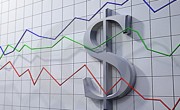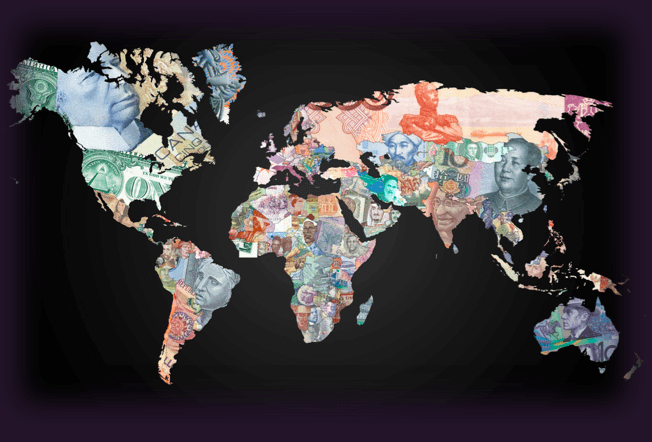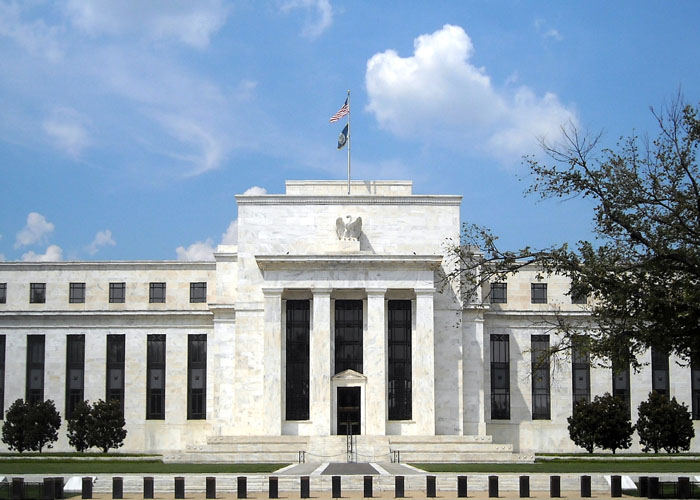The EUR/USD surged past the 1.12 handle on Thursday before quickly consolidating in the mid-1.11 region, as the markets digested a series of Eurozone and US data releases.
The EUR/USD climbed to a session high of 1.1255 in Europe, a two-month high. It would subsequently consolidate at 1.1145, advancing 0.2%. The pair faces immediate resistance at the February 27 high of 1.1243. On the downside, initial support for the EUR/USD is likely found at 1.1121.
In other trading, the euro surged against the British pound, as the EUR/GBP soared above the 0.7200 handle. The pair climbed 0.76% to 0.7261.
In economic data, the Eurozone edged out deflation for the first time this year, offering cautious optimism about the region’s recovery despite ongoing concerns over Greece’s bailout program. The Eurozone consumer price index came in at zero in the 12 months through April after a decline of 0.1% in March, the European Commission reported on Thursday. The reading was in-line with the consensus estimate.
So-called core CPI, which strips away volatile goods such as good and energy, climbed 0.6% annually in April, unchanged from the previous month, preliminary estimates showed.
On Wednesday Germany reported stronger than forecast CPI, signaling once again that Europe’s largest economy was on the right track. Germany’s harmonized index of consumer prices (HICP) increased 0.3% annually in April following a 0.1% increase the previous month.
Strong CPI figures edged out disappointing unemployment data on Thursday. Eurozone unemployment was unchanged at 11.3% in March. Economists forecast the unemployment rate to fall to 11.2%. Germany’s unemployment rate was unchanged at 6.4% as 8,000 fewer people applied for unemployment benefits. That was slightly below forecasts, which called for unemployment claims to fall by 13,000.
The US report on personal incomes and outlays showed personal incomes were flat in March, a sign tepid wage growth continued to impact the labour market. Personal spending rose 0.4%, slightly below forecasts calling for 0.5%.
The core PCE price index, which is used by the Federal Reserve to measure inflation, edged down to 1.3% in the 12 months through April compared to 1.3% the prior month.
Tradersdna is a leading digital and social media platform for traders and investors. Tradersdna offers premiere resources for trading and investing education, digital resources for personal finance, market analysis and free trading guides. More about TradersDNA Features: What Does It Take to Become an Aggressive Trader? | Everything You Need to Know About White Label Trading Software | Advantages of Automated Forex Trading










































